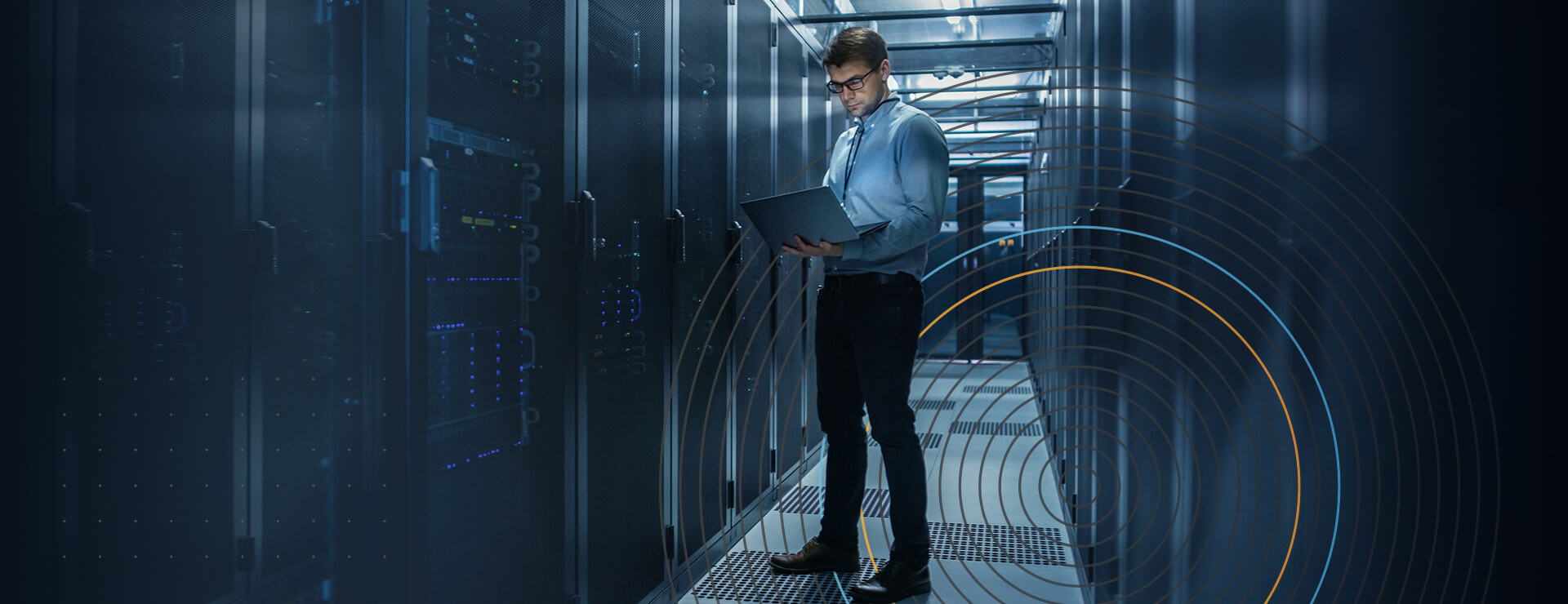Reboot automation for hybrid IT: Service orchestration and automation via SaaS

Hybrid IT is now an approach that is widely used by most companies to effectively manage their businesses operations. But running systems and applications across public and private cloud and on-premises technology brings additional complexity that needs to be managed.
For a digital business to be competitive, it needs workload automation technology that goes beyond the traditional capabilities of legacy workload or scheduling tools to effectively deal with the range of systems and applications and the growing number of technology types being used.
An emerging reliance on advanced automation
In 2022, a Gartner® survey concluded that 80% of executives think automation can be applied to any business decision. This is reflective of a supportive culture behind automation, especially in how it will be interwoven with artificial intelligence (AI) to reduce the burden of daily decision-making.
Service Orchestration and Automation Platforms (SOAPs), which Gartner believes are the new model for workload automation platforms, are becoming non-negotiable for large enterprises needing to automate complex business processes.
In the 2025 Gartner Magic Quadrant™ for SOAPs report, Gartner states: “Service orchestration and automation platforms are essential for delivering business services through complex workloads.”
According to the same report,
SOAPs empower infrastructure and operations (I&O) leaders to streamline and accelerate the delivery of business services. These platforms integrate workflow orchestration, workload automation and resource provisioning across an organization’s hybrid IT landscape. By automating and optimizing these processes, SOAPs enable organizations to rapidly deploy workloads, enhance operational efficiency and achieve significant cost savings while ensuring high availability and business continuity.
SOAPs enhance traditional workload automation by supporting use cases in data pipelines, cloud-native infrastructures and application architectures. They complement and integrate with DevOps toolchains, enabling organizations to achieve customer-centric agility, reduce costs, improve operational efficiency and establish standardized processes across their entire IT landscape.
Choose a Gartner SOAP Leader for hybrid IT workload automation
From an IT perspective, the infrastructure-led transformation enabled by SOAPs should make the complex job of managing a hybrid enterprise more manageable and deliver more effective business outcomes. Finding the right SOAP solution is key — and one that’s offered as a service, like RunMyJobs by Redwood, gives you the ability to run processes reliably with less effort from your IT team.
Redwood Software was again named a Leader in the 2025 Gartner Magic Quadrant™ for SOAPs, positioned furthest in Completeness of Vision and highest for Ability to Execute. Read the full report to find out why.
To learn more about Redwood’s SOAP solutions, book a demo.
About The Author

Neil Kinson
Neil Kinson is the Chief of Staff for Redwood Software. He has over 35 years of experience in enterprise software and technology businesses, focusing on operations, SaaS, solution sales, and channel.